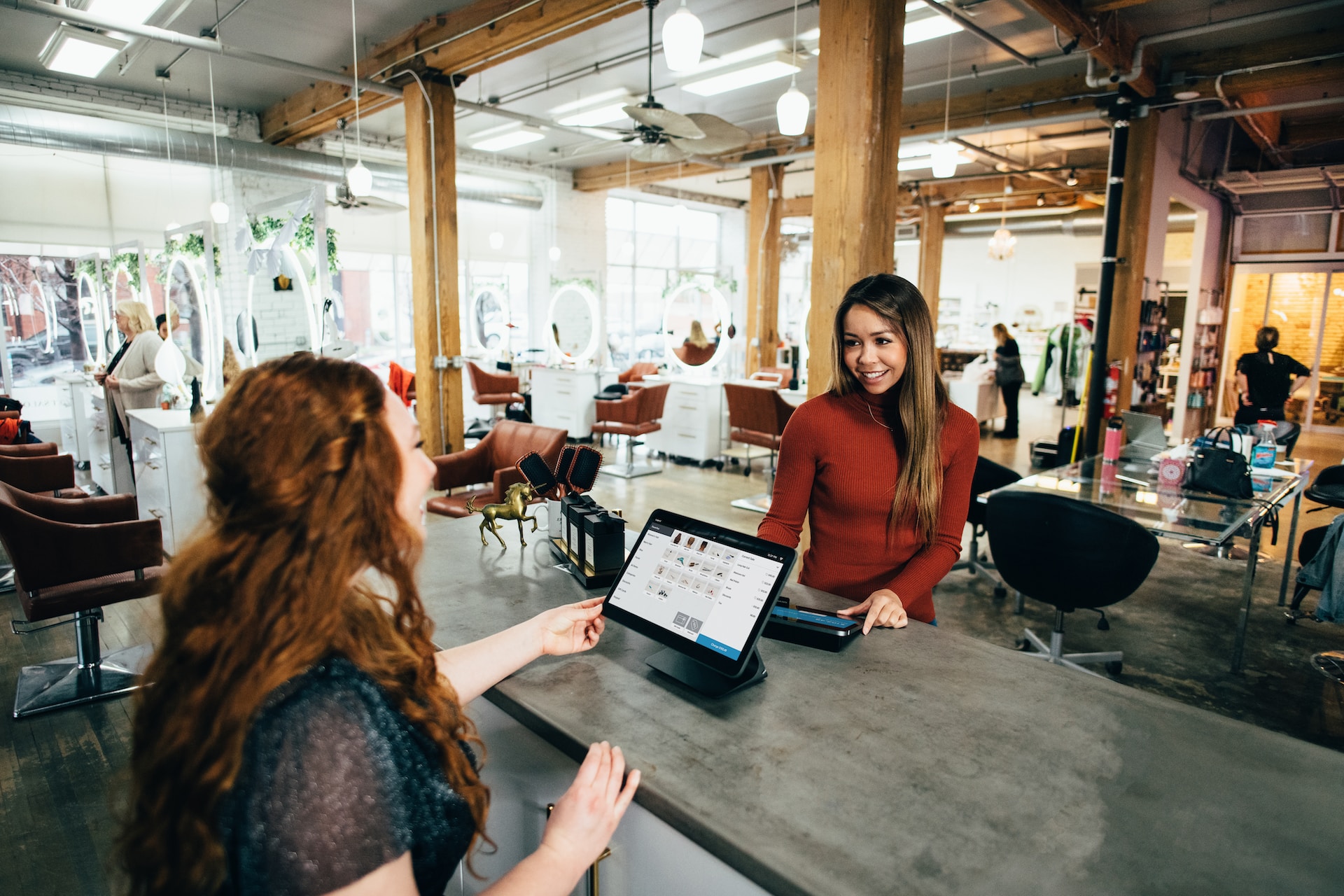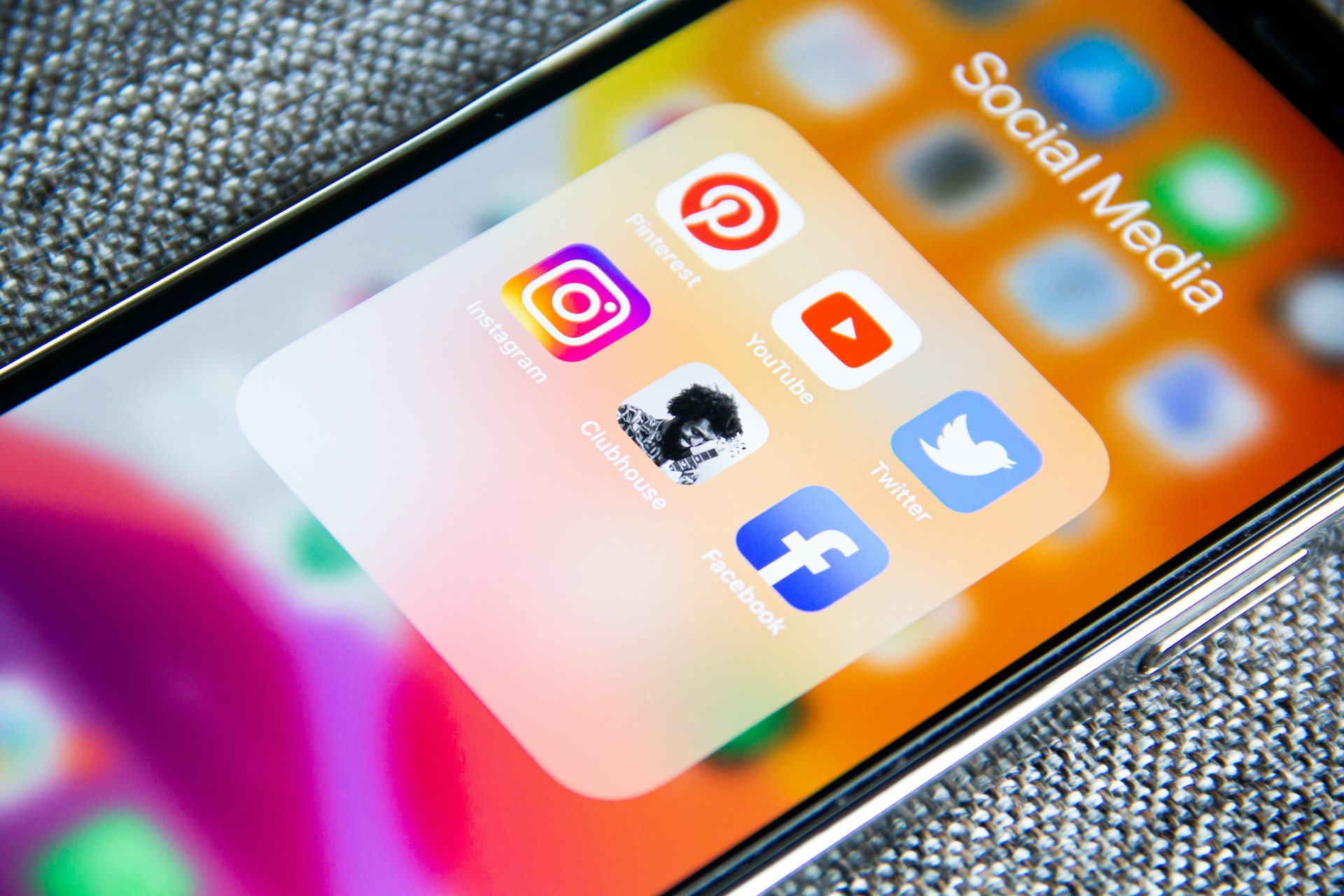Capturing consumer attention and trust can feel next to impossible for brands. Breaking through the noise requires a powerful strategy – one that authentically resonates with target audiences and organically drives engagement. This is where the dynamic duo comes in: influencer marketing and brand loyalty.
When combined strategically, these two forces have the potential to fuel exponential growth for brands. Influencers provide brands with viral streams of credibility, exposure, and amplified word-of-mouth promotion while simultaneously fostering meaningful connections and emotional bonds between consumers and brands.
Loyalty is built through relationships, not transactions. By leveraging influencers to tell compelling stories on a brand’s behalf, companies can cultivate communities of passionate, devoted brand advocates. This symbiotic relationship is the key to standing out with effective brand marketing. In this blog post, we’ll explore why combining influencer marketing and brand loyalty packs such an effective one-two punch for driving brand marketing success.
What is Influencer Marketing, and Why is it so Effective?

The Rise of Influencer Marketing
- Social media outlets like Instagram and Facebook offer massive reach to billions of users.
- This presents huge exposure and engagement potential for brands working with influencers.
- However, transactional sponsorships often fall flat.
Fostering Connection Through Storytelling
- The most captivating influencers are master storytellers who invite their audience into experiences.
- They turn the lens outwards with thoughtful narratives and a sense of mission.
- Brands must embrace this mentality to stand out.
Moving Beyond One-Sided Marketing
- Pushing products through traditional marketing is no longer enough.
- Audiences yearn to belong to an aligned brand identity and culture.
- Brands must focus on:
- Building authentic communities
- Developing relationships
- Aligning with audience values
The Key is Moving Beyond Transactions
- Treating audiences like real communities fosters loyalty and connection.
- This mentality is key for brands to thrive in the age of influencers.
How do Loyal Customers Boost Growth?
Social media fuels organic brand loyalty. Devoted followers discover new products and content from beloved brands through their feeds. A compelling post can spark interest and bring loyal fans back to purchase.
By becoming part of the audience’s social lives, brands can nurture sticky connections over time through value-added content. Social allows shifting from one-way broadcasting to community-building, key for effective brand marketing. Brands often obsess over acquiring new customers, but the data shows their loyalty deserves more focus for driving brand marketing success.
Studies found that 65% of revenue flows from existing, repeat customers. Your VIP shoppers spend significantly more than casual buyers. Bigcommerce uncovered the top 10% of loyal customers pay 3x more per order than the other 90%. Even more striking – the top 1% of super fans outspend 99% of a brand’s customers by 5x.
What’s the Best Way to Partner With Influencers for Loyalty?

A great way for businesses to get noticed on social media is by teaming up with influencers. This can happen directly, through specific platforms, or with the help of agencies. When an influencer shares your brand with their many followers, it gives your business a popularity boost. Here are some ways you can leverage brand loyalty and increase your business’s profits
Influencers as Part of Your Referral/Loyalty Program
Identify 5-10 influencers with strong niche audiences that align with your brand. For example, if you are an athleticwear company, partner with fitness influencers. Make sure to assess the engagement levels of their followers to guarantee an invested audience.
Set up a custom landing page for the influencer program that clearly explains the benefits and incentives. Develop unique referral codes and tracking links for each influencer to use. Build a management portal where they can access assets and monitor their key metrics like daily/monthly referrals, conversion rates, and total sign-up driven.
Create tiered rewards based on the volume of referrals generated. For example, the influencer could get $10 for every 0-50 sign-ups, $15 per 50-100, and $20 per 100+. Additional tiers and incentives will motivate them to promote the program widely to hit the next level. Give bonuses for hitting monthly targets.
Supply influencers with pre-written social media captions, optimized graphics, and other assets to share their custom links easily. Provide guidelines on ideal posting frequency, recommendations on which channels convert best, and tips for crafting compelling messaging tailored to their followers.
Personalized Content Creation and User-Generated Content
Invite selected influencers to an exclusive product sampling and brand immersion event at your headquarters. Provide a platform for open dialogue about partnership opportunities and brainstorming creative content collaborations.
Develop an influencer press kit with new products, discounts, branded merch, and perks like early access to sales. Encourage them to leverage these exclusive assets to craft original social media posts that highlight your loyalty program’s benefits.
Set up a unique branded hashtag like #LoyalTo[YourBrand] and prompt influencers to organically incorporate it into user-generated social content. Repost/reshare high-quality user photos showcasing your products and loyalty experience.
Formalize a structured content collaboration process and calendars with lead times so you can align on topics, products, and loyalty perks to feature. Define your guidelines and expectations for branded content upfront.
Cross-Marketing Activities
Partner with 5-7 influencers to structure contests and giveaways promoting your loyalty program. For example, an electronics store could give away the latest smartwatch as a prize for tagging 3 friends in the influencer’s post.
Ensure to promote the collab heavily across your website, email database, social channels, paid ads, etc. Provide influencers with co-branded graphics, custom landing pages, and sample copy to participate easily.
To maximize reach, structure a multi-part campaign with different influencers over a 3-6 month timeframe. Use unique codes and track progress in a centralized dashboard to identify top-performing channels, influencers, and high-converting audiences.
Targeted Advertising that Boosts Engagement

Invite a small group of loyal influencers to provide feedback on your planned loyalty program ad concepts, headlines, and creative assets. Develop the campaigns hand-in-hand with them to ensure an authentic point of view.
Grant influencers early insider access to your ads before launch. Encourage them to organically amplify the campaigns with related original social media content across the channels where they see the highest engagement.
Analyze campaign analytics to identify your top ads and highest-converting social channels. Share results with influencers and optimize future executions based on their input and your data. Develop a long-term ambassador program with relevant macro and micro-influencers. Continually produce new co-branded ad concepts highlighting loyalty perks.
Analyzing the ROI of Your Influencer Marketing Campaigns
Influencer marketing budgets are rising as brands seek to collaborate with macro, micro, and nano influencers. A 2022 survey by Statista revealed that 39% of marketing agencies and brands allocate 10-20% of their marketing budget to influencer campaigns. Additionally, 5% dedicate over 40% of their budget to influencer marketing initiatives.
With the increased spending, stakeholders are demanding a clear return on investment from influencer marketing campaigns. Brands must justify the larger budgets by proving these partnerships can drive measurable results and impact key business goals. ROI has become a pivotal metric for tracking the performance of influencer marketing strategy programs. Brands need data to optimize their influencer marketing strategy and demonstrate concrete value.
Moving forward, brands must implement robust measurement frameworks for their influencer brand marketing efforts. This includes setting clear KPIs, tracking engagement and conversions, and calculating the true ROI from influencer content.
Brands that can showcase concrete returns on influencer investments will be better positioned to sustain and grow these partnerships. Influencer marketing can deliver significant value but must be evaluated based on data-driven business impact to optimize brand marketing strategy.
How to Calculate ROI?
After you eventually know what your investment and outcomes were, it’s easy to calculate the final ROI. For example, suppose you paid the influencer ₹35,000, which brought back an estimated ₹70,000 in returns (either for sales associated with the influencer or achieved media value).
In that case, you are looking at an ROI of 200%
The formula is simple – (Revenue/Cost) x 100
So, in this case, it would be – (₹70,000/₹35,000) x 100 = 200% ROI
Influencer marketing has great possibilities for most brands. But like any marketing strategy, it needs the breakdown and understanding of your goals and brand to find an excellent fit. You can test and learn from it if you have planned your KPIs and tracking tools.
Conclusion
The potential of influencer marketing to build lasting brand loyalty is clear. By embracing influencers as storytellers and community-builders, not just promoters, brands can foster authentic connections with target audiences. A strategic combination of influencer partnerships, referral programs, cross-promotions, and co-created content provides a powerful formula for brand marketing success.
However, brands must also commit to measuring performance through detailed tracking and ROI analysis. It is not enough to work with influencers; their impact must tie back to concrete business goals. With the right loyal influencer relationships and proof of measurable value, brands can leverage this marketing channel to drive meaningful growth for years.
FAQs
What makes influencer marketing so effective for brands?
Influencers provide brands with credible social peer endorsements. Their authentic storytelling helps brands connect emotionally with target audiences and organically grow brand loyalty.
How do loyal customers boost business growth?
Studies show loyal repeat customers generate the most revenue for brands. The top 10% of a brand’s loyal fans spend 3x more than average customers. Cultivating loyalty pays off.
What are some best practices for partnering with influencers?
Brands should collaborate to co-create content, not just sponsor posts. Provide assets and access to help influencers integrate your brand authentically. Develop long-term partnerships for maximum impact.
How should brands structure influencer referral programs?
Create custom landing pages explaining benefits. Provide unique referral codes and assets to share. Develop tiered rewards based on volumes driven to incentivize influencers.




